Talking plush toys are transforming early childhood education by combining the comfort of stuffed animals with...
Talking Plush Toys: How Technology Enhances Early Childhood Learning
Introduction:
In today’s rapidly evolving technological world, even toys are becoming more interactive and educational. Talking plush toys, such as stuffed animals with custom voices and animal noise toys, are at the forefront of this transformation. These toys blend the magic of cuddly plush with advanced audio technology, making them powerful educational tools for young children. From fostering language development to aiding in animal sound recognition, these toys are revolutionizing the way kids learn through play. The growing demand for these educational toys has also paved the way for a new industry segment, with many seeking out a reliable talking plush toy supplier to provide high-quality, engaging learning experiences for children.
The Magic of Talking Plush Toys
Talking plush toys are more than just adorable companions; they are an essential part of early childhood education. These toys often feature voice-activated technology, enabling children to hear spoken words, songs, or animal sounds when pressed or interacted with. What sets these toys apart from traditional stuffed animals is their ability to engage children in active learning. By listening to and repeating words or animal sounds, children enhance their auditory processing skills while simultaneously gaining exposure to new vocabulary.
For example, a stuffed animal with custom voice capabilities allows a child to hear a parent or loved one’s voice, even when they are not physically present. This emotional connection strengthens bonds and offers a sense of comfort, especially for young children who may be transitioning to daycare or school. The ability to create a personalized experience with a stuffed animal with custom voice also makes these toys memorable and more likely to be used regularly for educational purposes.
Language Development and Early Communication Skills
One of the primary ways that talking plush toys aid in early childhood development is by helping to build language skills. Listening to voices or words repeatedly from their plush companions supports early vocabulary acquisition. These toys are designed to introduce children to simple words, phrases, and even songs, giving them an interactive experience that encourages both passive listening and active speaking.
Stuffed animals with custom voices take this to the next level by offering personalized interactions. Parents or caregivers can record messages, stories, or even songs that are meaningful to the child. This personalization creates an emotional connection and reinforces learning by making it more relevant to the child’s world. For example, a toy could speak a child’s name or recount a favorite bedtime story in the voice of a parent or sibling, reinforcing familiarity and boosting the child’s understanding of language.
Interactive communication with animal noise toys also plays an important role in language development. When children press a button or engage with the toy in some way, they are often greeted with animal sounds that help with word-object associations. For example, a lion plush might roar when pressed, teaching children both the word "lion" and the sound associated with it. This form of repetition is crucial for building a foundation for more complex language skills as the child grows.
Animal Sound Recognition: An Early Introduction to the Animal Kingdom
Aside from language skills, animal noise toys are an excellent way to introduce children to the world of animals and their sounds. These toys typically feature a variety of animals and make the corresponding noises when activated. The sounds may include the familiar “moo” of a cow, the “baa” of a sheep, or the “meow” of a cat.
For young children, hearing these animal noise toys helps in animal sound recognition and can enhance their understanding of the animal kingdom. As children hear the sounds, they begin to associate these noises with specific animals, fostering recognition skills. This can lead to early learning about animals, their characteristics, and the environment they live in.
The educational value of animal noise toys goes beyond just recognition. They help children with auditory discrimination—the ability to distinguish between different sounds and noises. This skill is crucial for language development and listening comprehension, both of which lay the foundation for communication skills. By playing with these toys, children also engage in cognitive skills like memory and recall, as they learn to recognize the animal sounds and associate them with the correct animal images or names.
The Role of Interactive Storytelling
One of the most exciting features of talking plush toys is their ability to engage children through interactive storytelling. These toys can come equipped with pre-recorded stories, nursery rhymes, or even the ability to record and play back a story told by a loved one. Interactive storytelling has been shown to promote cognitive development, as it allows children to listen and follow along with narratives, helping them build attention spans and memory.
For instance, a stuffed animal with custom voice could tell a story in the voice of a parent, making the experience more familiar and emotionally meaningful for the child. The child can engage with the toy by pressing buttons to activate certain parts of the story or by asking the toy questions, which supports interactive learning. This type of engagement teaches children about cause and effect and encourages them to think critically about stories and characters.
Interactive storytelling with talking plush toys also fosters imagination and creativity. When children participate in these activities, they are not just passively listening—they are learning how to process information, follow sequences, and even come up with their own creative narratives. The toy becomes a co-conspirator in the child’s early journey into the world of stories, making learning fun and interactive.
The Growing Demand for Talking Plush Toys: Finding a Reliable Talking Plush Toy Supplier
The surge in demand for talking plush toys and animal noise toys has led to the emergence of specialized talking plush toy suppliers. These suppliers offer a wide range of toys designed to meet the needs of parents and caregivers who want to combine entertainment and education. With advanced technology, these toys can be customized to suit individual preferences, from recording messages to providing a wide array of animal sounds.
For those in search of a reliable talking plush toy supplier, it's essential to look for a company that offers high-quality materials and sound technology. Some suppliers even offer the option to customize the voice of the toy, so it can sound like a loved one or include a favorite song. This customization aspect ensures that the toy will have lasting emotional value for the child, which is critical in establishing a strong connection to the educational elements of the toy.
Choosing a reputable supplier also guarantees that the toys are safe and suitable for young children. From sound quality to the durability of the plush material, the right talking plush toy supplier ensures a product that will stand the test of time and continue to serve its educational purpose for years.
Conclusion
Talking plush toys, particularly those like stuffed animals with custom voices and animal noise toys, are more than just entertaining playthings—they are essential tools in early childhood education. By enhancing language development, promoting animal sound recognition, and encouraging interactive storytelling, these toys make learning both fun and engaging. The personalized elements, such as stuffed animals with custom voices, ensure that each experience is unique, fostering a deeper connection between the child and their toy.
As the demand for these innovative toys grows, the role of the talking plush toy supplier becomes increasingly important. By providing high-quality, customizable toys, suppliers play a key role in shaping the future of educational play. As parents and educators continue to seek interactive tools for promoting learning in young children, talking plush toys will undoubtedly remain at the forefront of early childhood education.
Reprint statement of blog content: All the blog content and images are original, and copyrighted by gameplushies.com. The reprint statement must be included with our permission. Toyard is not responsible for reprinting similar content or containing trademark and other infringement reprint statements. Please contact us if there is infringement content.


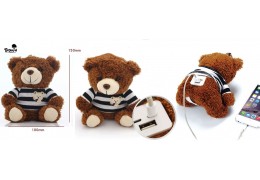
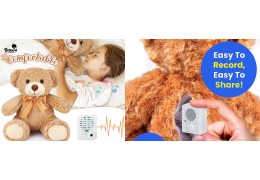
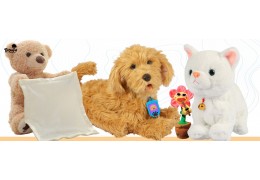
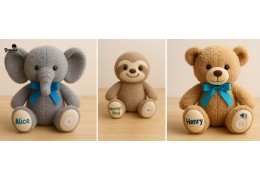

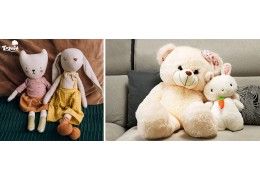
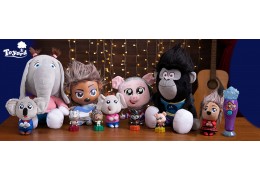

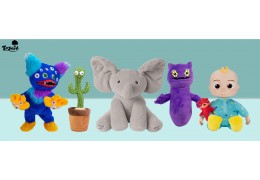

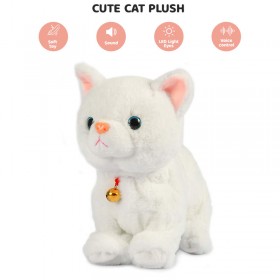
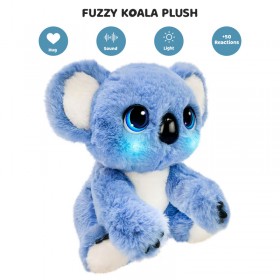
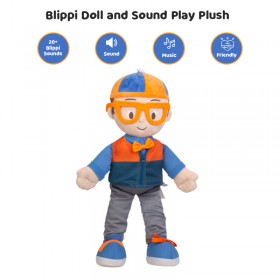



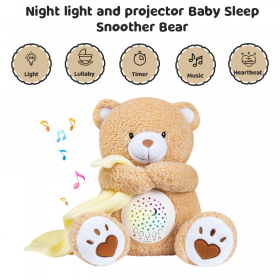
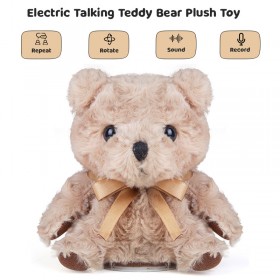
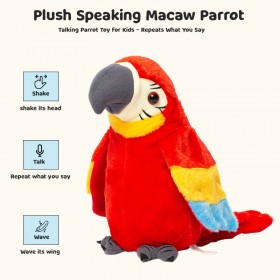
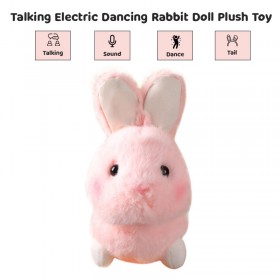

Top authors